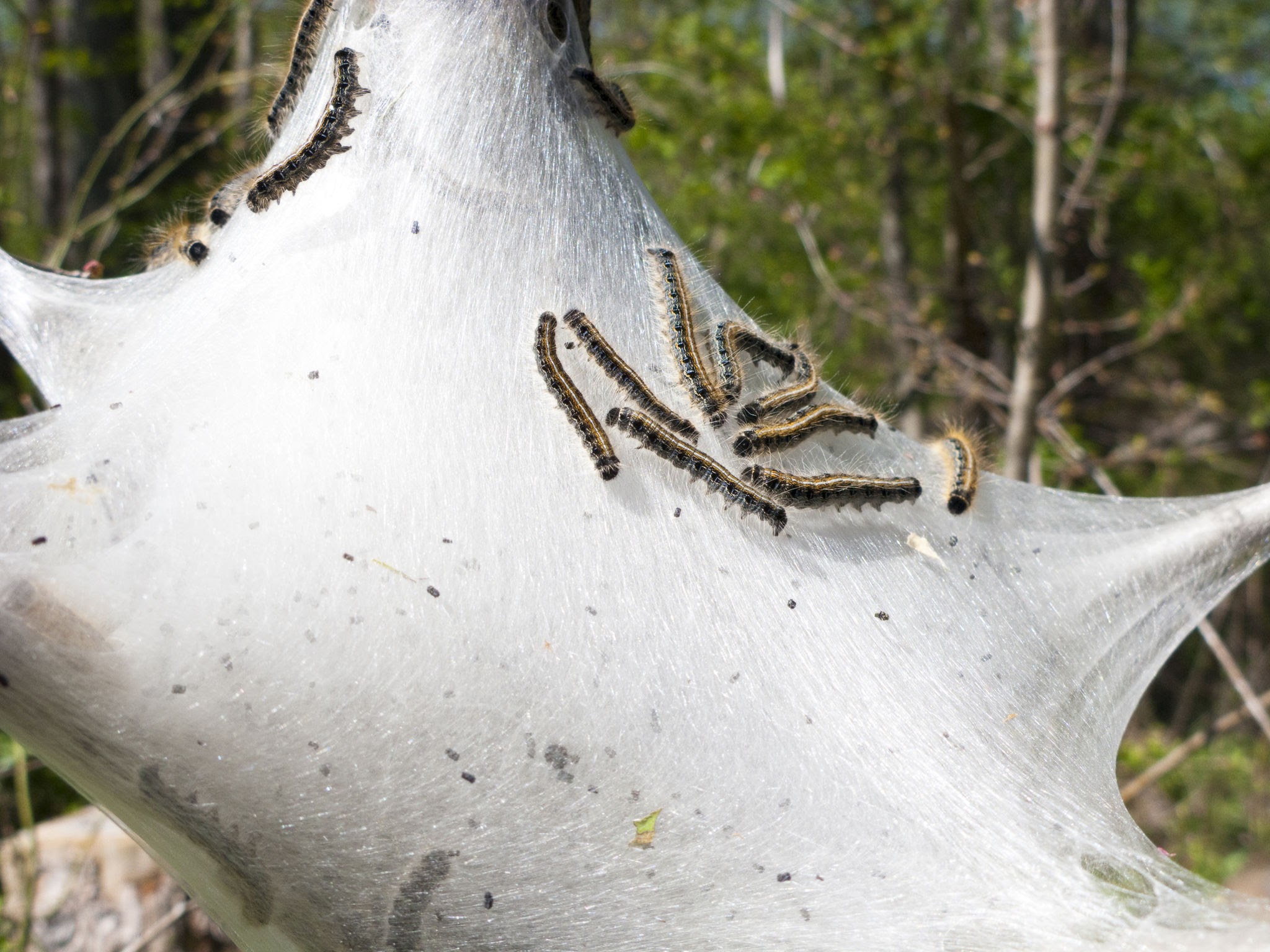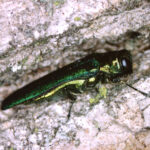Eastern Tent Caterpillar: Understanding the Fuzzy Nuisance

The Eastern Tent Caterpillar is a common insect that can cause frustration for tree owners and garden enthusiasts alike. These fuzzy creatures are known for their distinctive tents and voracious appetites. In this article, we will shed light on the Eastern Tent Caterpillar, its characteristics, and the impact it can have on trees. By understanding their habits and signs of infestation, you can effectively manage and mitigate the damage caused by these caterpillars.
Identification:
The Eastern Tent Caterpillar (Malacosoma americanum) is a native species found in North America. They are easily recognizable with their black bodies, white stripes, and long, fine hairs. These caterpillars go through several molts, and as they grow, their tents become larger and more conspicuous.
Life Cycle and Habitat:
Eastern Tent Caterpillars go through a complete metamorphosis, transitioning from eggs to caterpillars, pupae, and eventually, adult moths. In early spring, female moths lay masses of eggs on twigs and branches. These eggs overwinter and hatch in early spring, coinciding with the emergence of tree buds. The young caterpillars construct silken tents in the branches or crotches of trees as protective shelters.
Tent Construction and Behavior:
The tents built by Eastern Tent Caterpillars are their signature feature. These silk structures serve as protective homes for the caterpillars, offering shelter from predators and adverse weather conditions. The caterpillars venture out from their tents to feed on leaves during the day, returning to the tents at night. As they grow, the tents expand to accommodate the increasing number of caterpillars.
Host Trees and Feeding Habits:
Eastern Tent Caterpillars primarily target fruit trees, such as cherry, apple, peach, and plum, but they can also infest a variety of other deciduous trees, including oak, maple, and birch. The caterpillars have a voracious appetite and can defoliate entire branches if left unchecked. However, it’s important to note that healthy, well-established trees can typically recover from defoliation caused by Eastern Tent Caterpillars.
Signs of Infestation:
Identifying an infestation of Eastern Tent Caterpillars is relatively straightforward. Look for the following signs:
- Silk Tents: The presence of silk tents in the branches or crotches of trees is a clear indication of caterpillar activity.
- Defoliation: Notice if the tree’s leaves are rapidly disappearing, especially in localized areas. Eastern Tent Caterpillars tend to feed in groups, resulting in defoliation patches.
- Caterpillar Presence: During the day, you may spot the caterpillars crawling in and around the tent or feeding on leaves.
Management and Control:
If you discover an Eastern Tent Caterpillar infestation, there are several steps you can take to manage the situation:
- Manual Removal: Use a stick or gloved hand to carefully remove the tents and caterpillars, placing them in a bucket of soapy water to prevent reinfestation.
- Pruning: If defoliation is severe, consider pruning affected branches to encourage new growth and prevent the spread of infestation.
- Natural Predators: Encourage natural predators, such as birds and parasitic wasps, which feed on Eastern Tent Caterpillars.
- Chemical Control: In extreme cases, when infestation is extensive, insecticides may be used, but it is advisable to consult a professional arborist or horticulturist for guidance.
The Eastern Tent Caterpillar may seem like a nuisance, but with proper observation and timely action, their impact can be minimized. By recognizing the signs of infestation and implementing appropriate management techniques, you can protect your trees and promote their health and vitality. Remember, it’s important to strike a balance between managing pest populations and preserving the overall ecological health of your garden or landscape.




